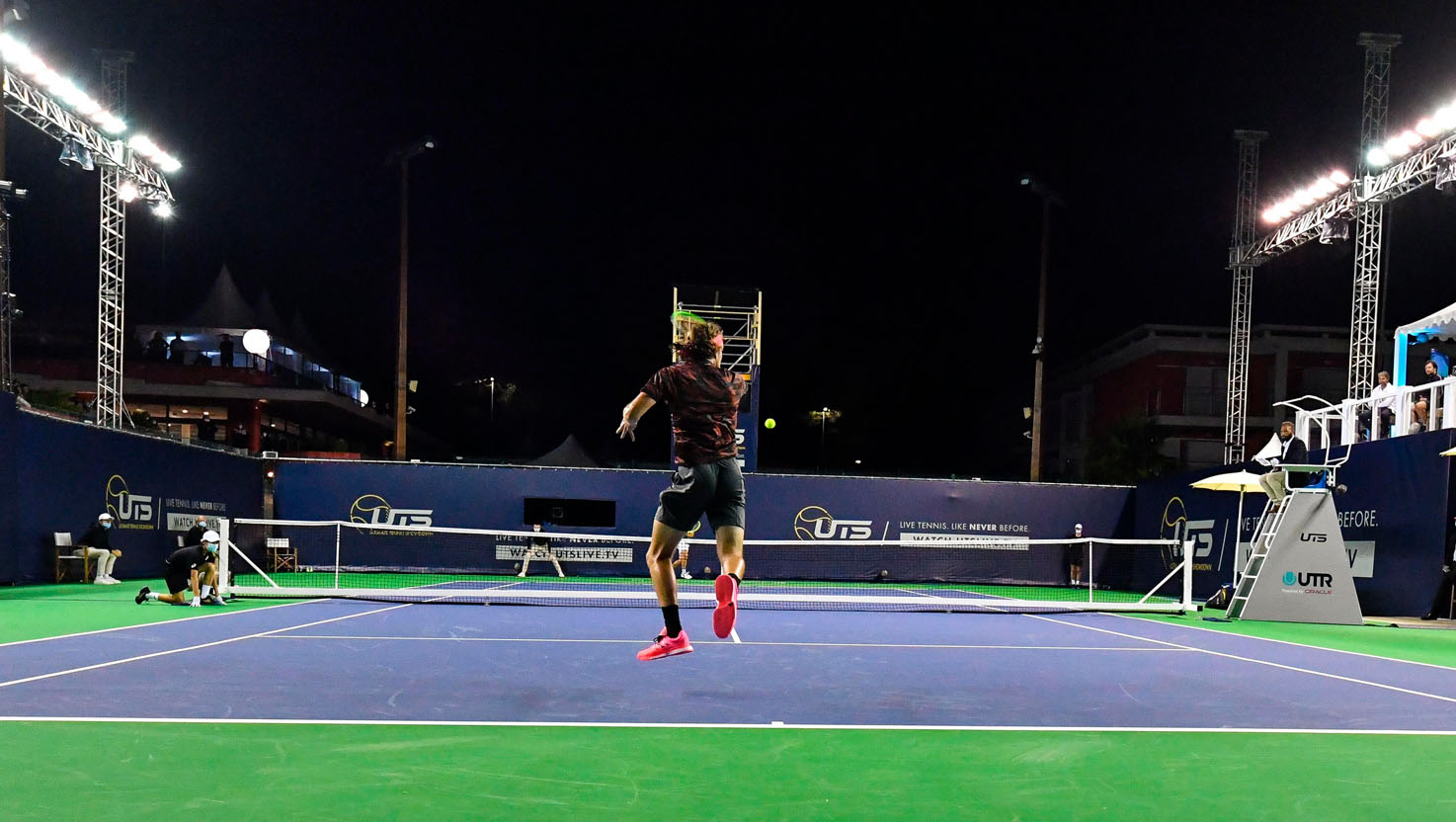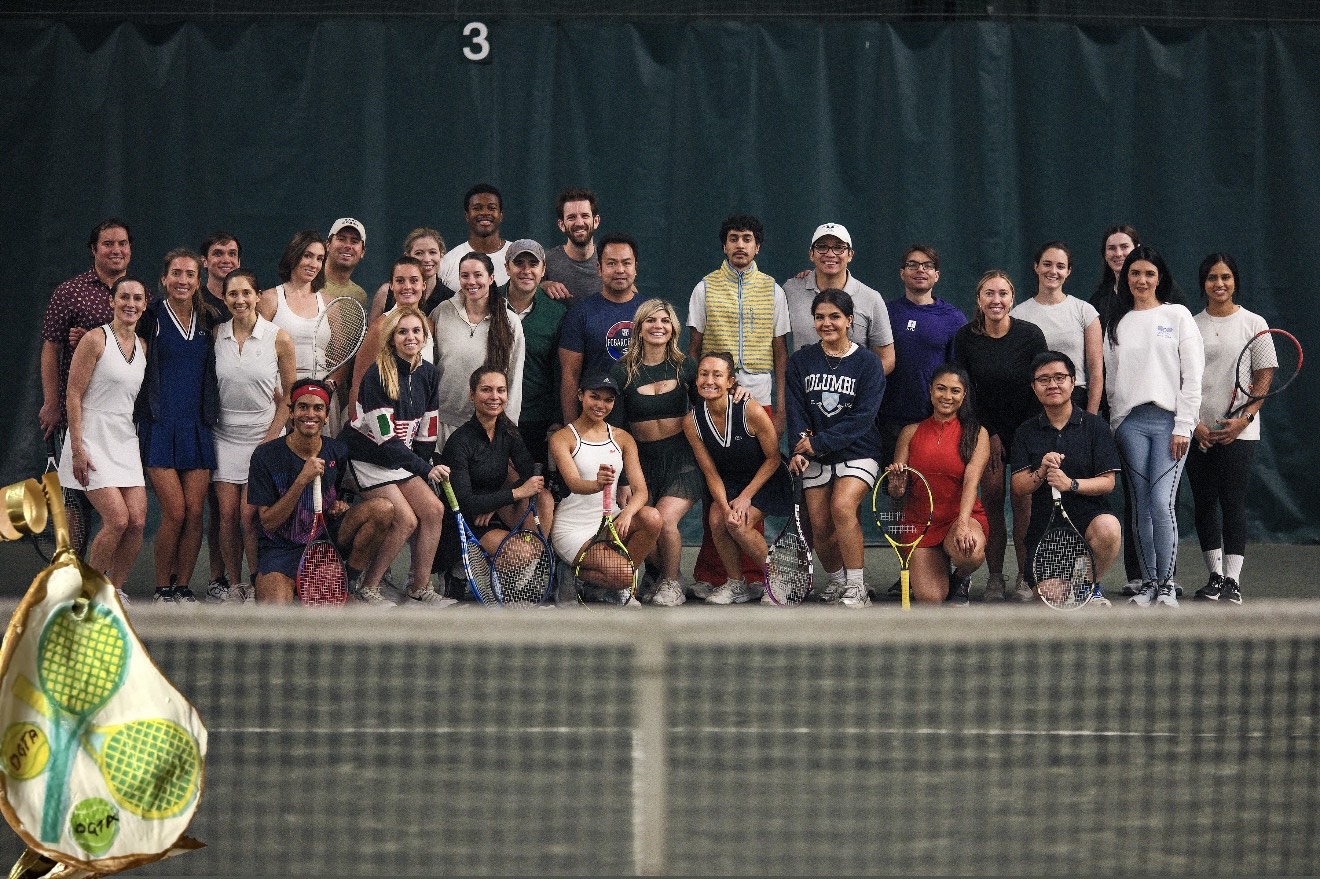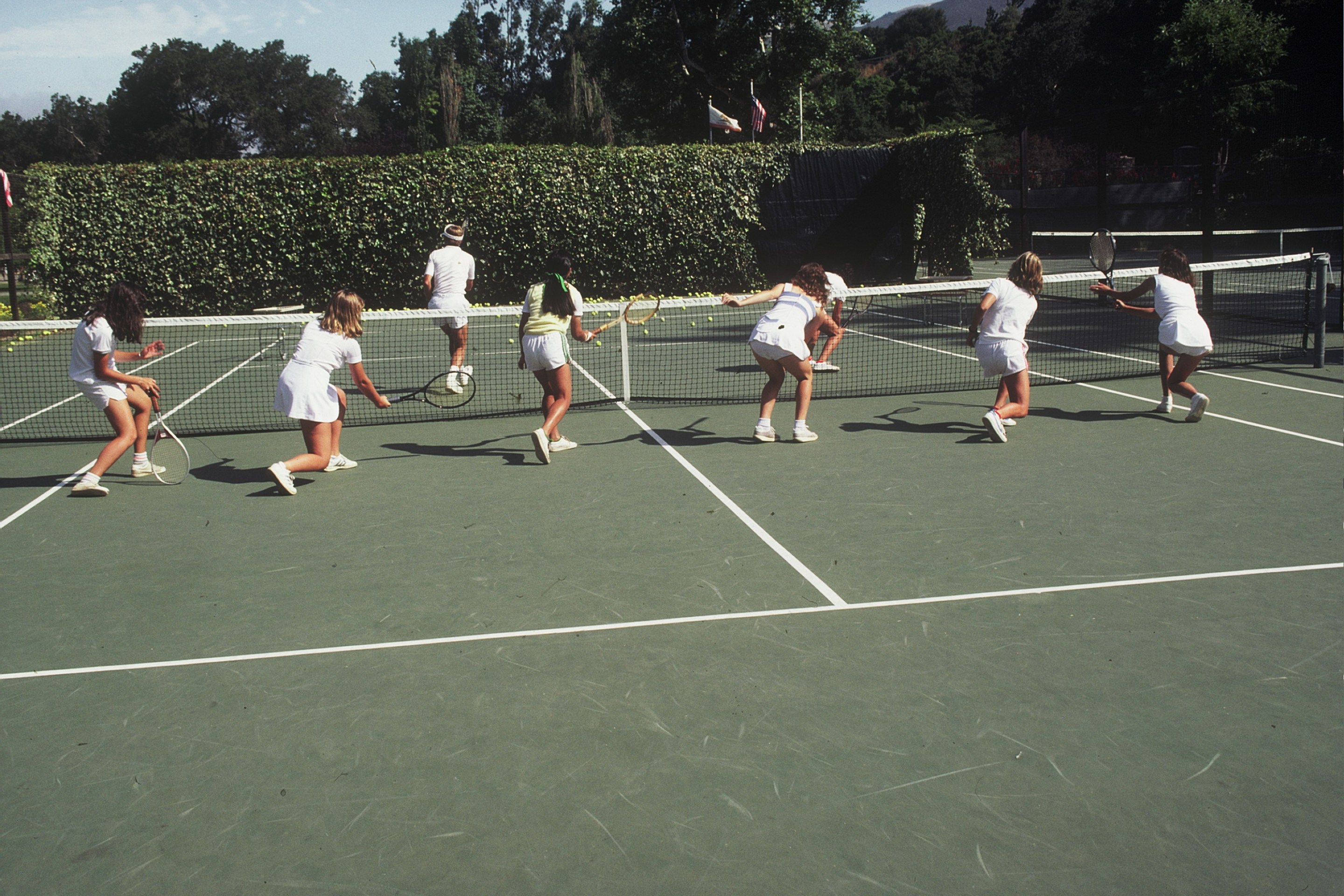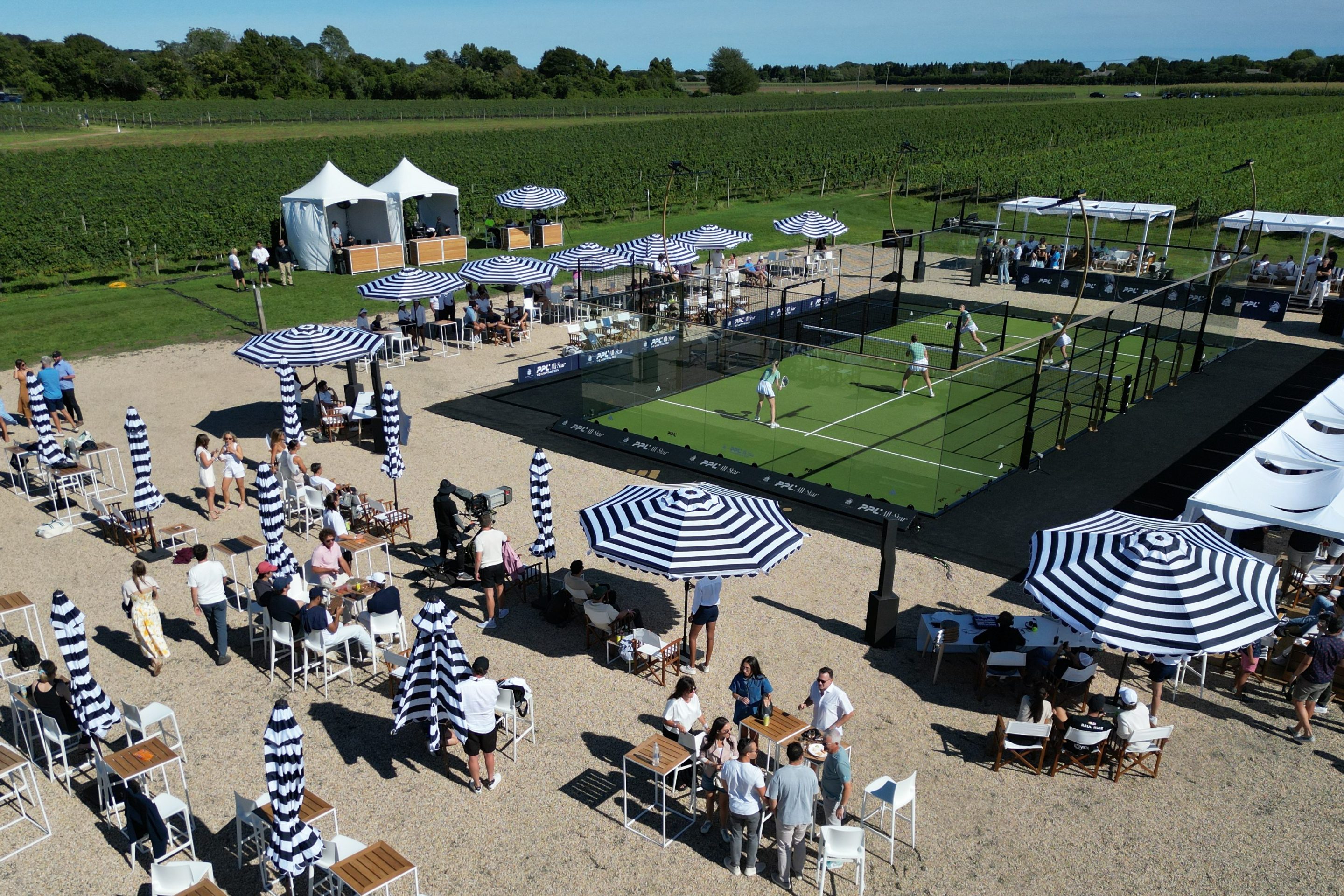[vc_empty_space height="5px"]
By Giri Nathan
[vc_empty_space height="15px"]Patrick Mouratoglou has been doomsaying. “I do this because I feel that tennis needs to reinvent itself,” said the coach of Serena Williams and owner of a tennis academy on the French Riviera, where he is currently hosting an oddball exhibition tennis league. “And when your fan base is 61 years old and gets one year older every year, you have to start to worry and try to find solutions.”
That misrepresented figure comes from a 2017 article in Sports Business Journal, which analyzed only a U.S. viewership and drew on Nielsen TV ratings, with no regard for streaming. It found that the ATP’s average viewer was 61 in 2016, up from 51 in 2000. The WTA was a spring chicken in comparison: The average viewer was 55 in 2016, down from 63 in 2000. The figures are not so anomalous—who knew the average NFL fan watching on TV was 50?—but neither tennis number seems exactly like a sign of youthful vigor, either. Anecdotally, tennis feels even further removed from American pop culture than it did back in the aughts. This may not matter much at all for a sport with broad international appeal. But these days, stumbling upon another tennis fan in the wild, outside of upper management, is genuinely disorienting. My first question tends to be: “Why?”
Mouratoglou attributes the supposed lack of youth interest to surface homogenization, repression of personalities, overlong matches. What’s fun, then, is to look at Mouratoglou’s proposed solution, a league called Ultimate Tennis Showdown, and then reverse engineer what he thinks the kids might actually like. Based on an initial review of UTS: extremely grating nicknames for the players, wailing butt-rock guitars, scoring gimmicks, legal coaching sessions (can definitely see why Patrick wants this), a mix of play styles, and fewer interruptions, in matches that won’t exceed an hour. While I do not believe any of these changes would actually bring an influx of fresh blood to the fan base—that money might be better spent bribing House of Highlights to force-feed tennis to its ravening horde—I found that they were all basically fine and even fun additions to the viewing experience. This week brought news that the tours are coming to life sooner rather than later, with two Slams materializing at the end of the summer, so the sport might as well use the remaining time for experimentation. After watching a few matches, I learned that I am not at all a traditionalist wedded to the specific quirks and conventions of the present game; mostly I just like to see fast yellow ball go over net. UTS certainly lets you do that.
Here’s how this format works, in short. Players take turns serving twice, for 10-minute quarters. Whoever has the most points at the end of the quarter wins it. Winning three quarters wins the match, but a 2–2 split goes to a sudden death, where the first player to win two points in a row wins. The tournament will be staged over five consecutive weekends, with a final on July 20. Tennis Channel is picking up some matches here in the U.S., but real fiends can buy a full subscription to UTS for live matches and replays. As for Mouratoglou’s long-term ambition here, take it from the league’s grandiose FAQ page: “Eventually, events will take place all over the world. UTS is not designed to be a one-time hit; if UTS is a movie, we mean to make it a saga.” And the biggest wrinkle in this format is the “cards,” which players can declare anytime during the match to warp the rules for the next two points: You can make winners suddenly count as three points, you can “steal” the opponent’s next two serves, you can take away your opponent’s second serve, you can force your opponent to win in three shots or cede the point.[vc_empty_space height="25px"]
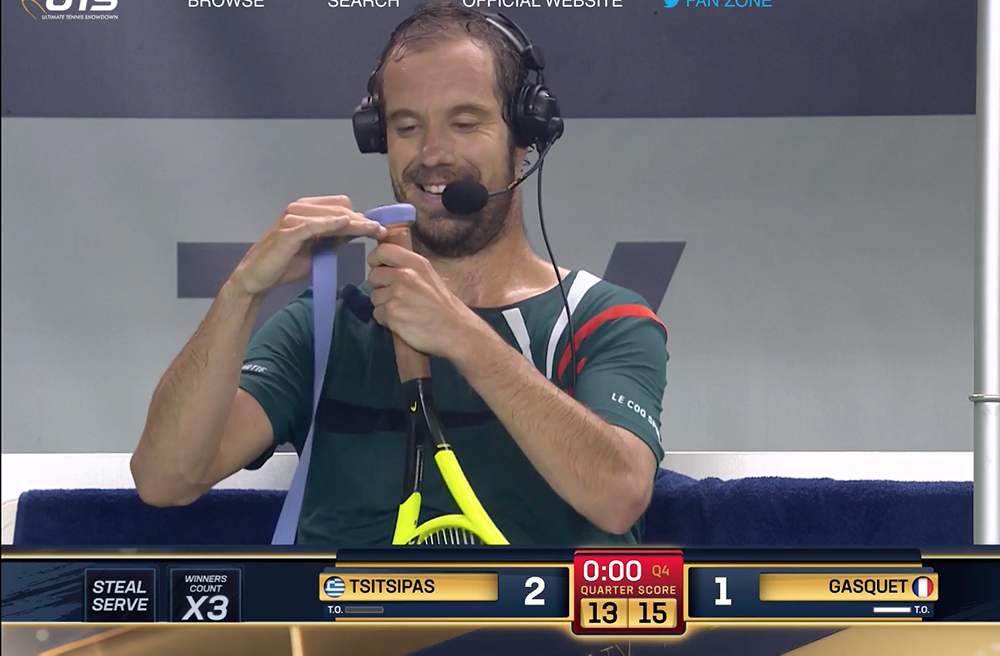
These cards weren’t especially interesting, and I wouldn’t expect them to be so interesting in the long run; it’s the sort of thing that gets straightforwardly “solved” as players suss out which two cards are actually worth picking. (“Steal serve” is the best card by far, due to the obvious point-by-point advantage of serving vs. returning.) But the rest of the format did meaningfully change the feel of the matches. Ten-minute quarters, sped along with 15-second serve clocks, amounted to a physical gauntlet. Maybe these players emerging from exile weren’t in match shape yet, but they all looked completely pulped by the end of each 10-minute sprint. In a cruel turn, the players got interviewed by commentators during the two-minute changeovers between quarters. (A sopping Richard Gasquet, playing great, sits down in his seat and musters a few answers while sucking down oxygen and wrapping a new overgrip. Benoit Paire, coming off a rough quarter, is told that the commentators believe in him: “Thanks to believe in me; I don’t believe in me.” Good TV.) One tactic that this format takes away is the freedom to “check out” during certain return games as a way of managing resources. In UTS, each point is imbued with importance, like a tiebreak; unlike a tiebreak, a single double-fault is not a death sentence, since there is plenty of time on the clock to recover from a misstep. It’s a good sweet spot.
Here’s what the format reminds you most: Tennis is a close game. Remember that the No. 1 player on tour is winning only about 55% of total points over the course of a season. Conventional score lines can be misleading in that sense: A 6–3, 6–3 rout is never actually what it looks like on the page. That is where the UTS scoring excels. Stripped of the shells of games and sets, you see just how tightly contested every quarter is, and how evenly matched any two pros can be for a single continuous stretch of tennis. The format ends up looking like an homage to the competitiveness in high-level tennis, and the absurd narrowness of its margins.
So, keep those parts. As for what can be tossed out: the canned crowd noise, which was tinny and often situationally inappropriate. It can’t be that hard to strip audio from an actual match and assign it to a soundboard operated by someone who knows what sounds happen when. Call it artisanally sourced crowd noise. Also: an umpire who is contractually obligated to refer to Stefanos Tsitsipas as “Greek God” or to Lucas Pouille as “The French Flair” when announcing the score after each every single point. I wish I was kidding.[vc_empty_space height="25px"][vc_column width="1/6"][vc_tweetmeme share_via="racqetmagazine"][vc_column width="1/6"][vc_facebook type="button_count"][vc_column width="1/6"][vc_column width="1/6"][vc_column width="1/6"][vc_column width="1/6"][vc_empty_space height="45px"][vc_column width="1/6"][vc_column width="2/3"]
Buy Now
Racket Doctor Tee
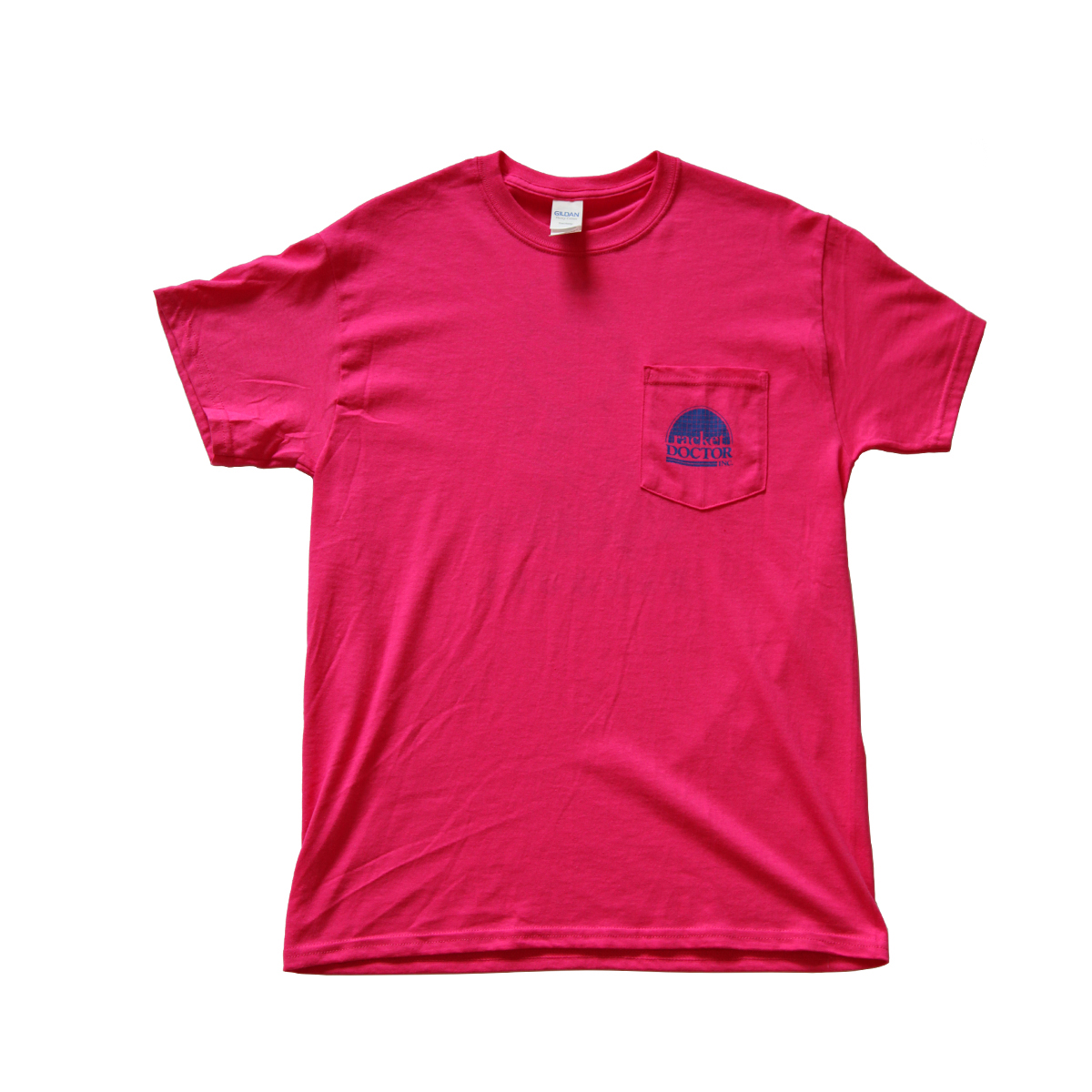
[vc_btn title="BUY" style="outline" shape="square" color="success" size="lg" align="center" button_block="true" link="url:https%3A%2F%2Fracquetmag.com%2Fproduct%2Fracket-doctor-x-racquet-t-shirt%2F|title:BUY||"]Celebrate the iconic Los Angeles tennis shop The Racket Doctor with a limited-edition, ’90s-inspired T-shirt. Front and back vintage Racket Doctor + Racquet graphics and a standard fit. 100% cotton.
The T-shirt is also available in Los Angeles at The Racket Doctor, as featured in Racquet No. 9.[vc_column width="1/6"]
